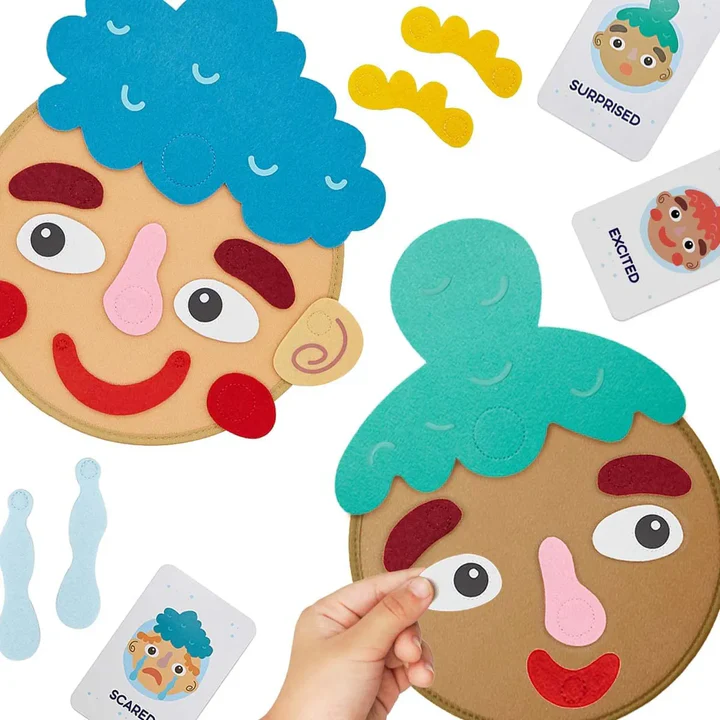As the holiday season approaches, families often begin to consider how to create a festive environment that aligns with their values and beliefs. For those who embrace the Montessori approach to education and parenting, the concept of a Montessori Christmas Tree can offer a unique way to celebrate the holiday while fostering learning, independence, and creativity in children.
What is a Montessori Christmas Tree?
A Montessori Christmas Tree isn’t just about the decorations; it’s a whole experience that embodies the principles of the Montessori philosophy. This approach emphasizes hands-on learning, exploration, and a deep respect for children’s natural development. Here’s how to create a Montessori Christmas Tree that nurtures your child’s growth while embracing the joy of the season.
Choosing the Right Tree
1. Select a Natural Tree:
A real tree connects children with nature and teaches them about the life cycle of trees. If a natural tree isn’t feasible, consider using a potted tree that can be replanted after the holidays.
2. Involve Children in the Selection:
Take your children along to choose the tree. Let them be part of the decision-making process, which fosters independence and responsibility.
Decorations with Intention
1. Natural Materials:
Opt for decorations made from natural materials like wood, pinecones, and fabric. These items can often be found in nature or made as a family project, offering a wonderful opportunity for children to engage in hands-on activities.
2. DIY Ornaments:
Encourage creativity by having children create their own ornaments. This could include crafting ornaments from dough, painting pinecones, or making garlands from popcorn or cranberries. This not only personalizes the tree but also allows children to express themselves artistically.
3. Educational Themes:
Incorporate educational elements into your decorations. For example, you could include ornaments that represent different cultures’ holiday traditions or symbols of the season that relate to nature, like animals that hibernate or migratory birds.
Setting Up the Tree
1. Child-Sized Access:
Position the tree and decorations within reach of your children. This allows them to engage with the tree freely, decorating and rearranging as they wish, fostering a sense of ownership and pride.
2. Use a Minimalist Approach:
Consider a simpler, less cluttered look. A few thoughtfully chosen decorations can create a more serene atmosphere, which aligns with the Montessori philosophy of reducing distractions for better focus.
Creating a Festive Atmosphere
1. Advent Activities:
Introduce activities that align with the countdown to Christmas. This could include reading a holiday book each night, practicing a small act of kindness, or doing a simple craft.
2. Focus on Giving:
Teach children the joy of giving by involving them in charitable activities. This could include choosing toys to donate, making gifts for family members, or participating in community service.
3. Celebrate with Meaning:
Incorporate family traditions that emphasize connection, gratitude, and the values you hold dear. This could include cooking together, sharing stories, or reflecting on the past year.
Conclusion
Creating a Montessori Christmas Tree is about more than just decorating; it’s about fostering a love for learning and connection within the family during the holiday season. By incorporating natural materials, DIY projects, and meaningful activities, you can create a festive atmosphere that nurtures your child’s development while celebrating the spirit of Christmas. This approach encourages children to engage with the holiday in a thoughtful way, allowing them to experience the joy of the season while cultivating values that will last a lifetime.
